Shop
Our Open Sallet is based on a late XV century skull cap type sallet helmet. The sallet (“celata” in Italian) was very popular in Italy. The term “celata” appears in 1407 in the armor manuscript of the Gonzaga family. The description of this helmet in the historical records indicates various differences from the barbute (another popular
Our XV Century Italian Bevor is based on the sallet helmet with bevor from the collection of Churburg Castle (Castel Coira) in South Tirol. It is intended to accompany our XV Century Sallet, but will add protection and style to any sallet helmet. The bevor can be crafted from a variety of metals and in
There are not many historical sources telling us a story about the helmets of the X – XI centuries. However, one of the most famous is the XI century Bayeux Tapestry (Tapisserie de Bayeux). On different sections of the tapestry, we can see warriors wearing conical helmets with nasal elements. Most of the helms illustrated
Vertically quilted stockings in a beautiful blue gobelin style. The stockings are handmade and have 2 layers of natural sheet batting. These stockings are made from durable fabric with high quality stitching and beautiful gobelin style patterns. Our Gobelin Quilted Stockings are fastened with laces and are light and comfortable, making them perfect under-armor. You
From around 1330 until about 1410, bascinet shaped helmets were the most popular helmet type in medieval Europe. The bascinet was developed from the skull cap, and since approximately 1330 the bottom edge of the high bascinet became more extended and elongated to cover the ears and upper part of the neck. Starting in about
Steel Kneecaps – which are known as “Kneibuckel” in German, “ginocchielli” in Italian, and “genouillères” in French – are assumed by some historians to be the first step toward full plate leg harnesses. Knee coverage with plates was essential and the rest of the leg followed from there. During the XII century, knights used chainmail
Our Splinted Full legs are crafted with both protection and comfort in mind. They consist of a set of Splinted Cuisses with Knees and Splinted Greaves, combined here for ease of purchase. Please note that measurements should be with padding/gambeson.
In the second part of the XVI century the effectiveness of gunpowder increased. Consequently, the armories that produced firearms began to prevail over those that produced armor. There was a need to strengthen armor, especially that of the chest, against bullets. This led heavier and heavier armor. These modifications prompted the knights to refuse less
Greaves (also known as “grêves” [French], “Beinröhren” [German] or “schinieri” [Italian]) are an essential part of any leg harness. These brigandine greaves are reinforced with steel plates and the shin is totally protected from all sides. The armor is fastened with leather straps and steel buckles. Brigandine armor is easily adjustable thanks to its special
Our Churburg Style Leg Harness is leg protection made according to early Milanese design from the end of the XIV century – beginning of the XV century. Based on the example of the full set of armor which belonged to one of the members of the Matsch familyand which is preserved in Churburg Castle. The
Arming Doublet has different stitching lines: horizontal on the elbows and semi-circular on the chest and shoulder-blades. The rest of the doublet is stitched vertically. This combination of stitches provides high mobility. This model of under-armor jacket is without a collar. The doublet fastens with ten handmade fabric buttons and loops. The doublet creates an
N.B. we do only matte/satin polishing. Mirror polishing is not available.Please note that measurements should be with padding/gambeson.

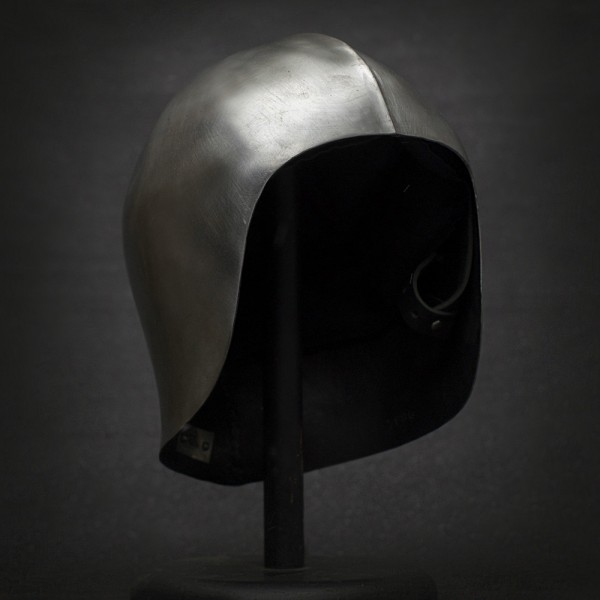
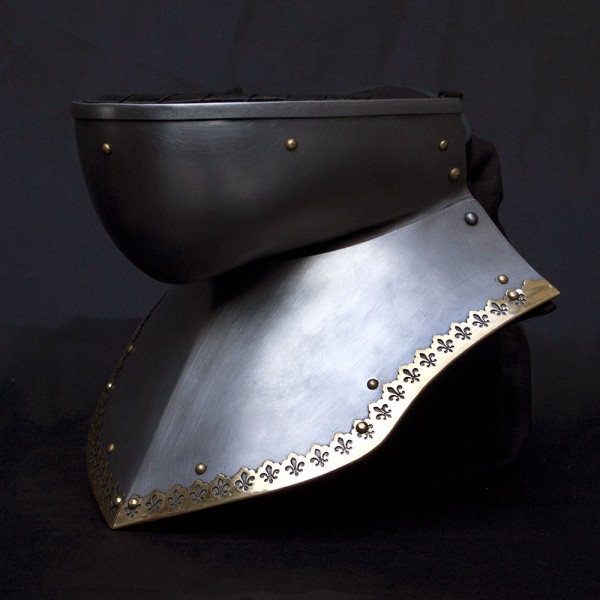
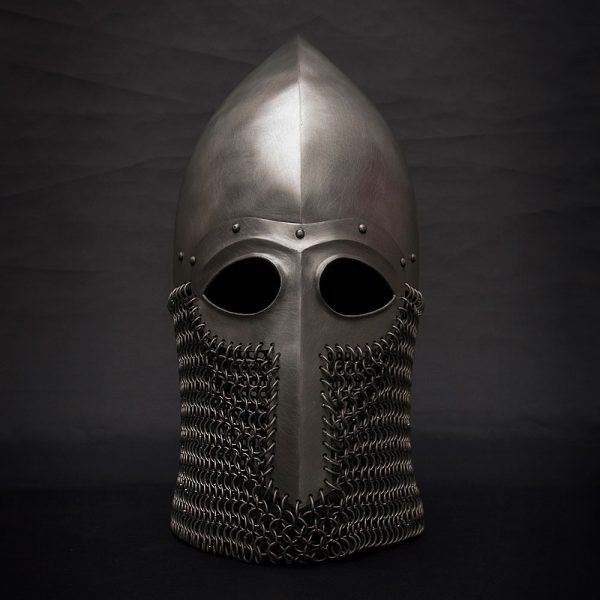
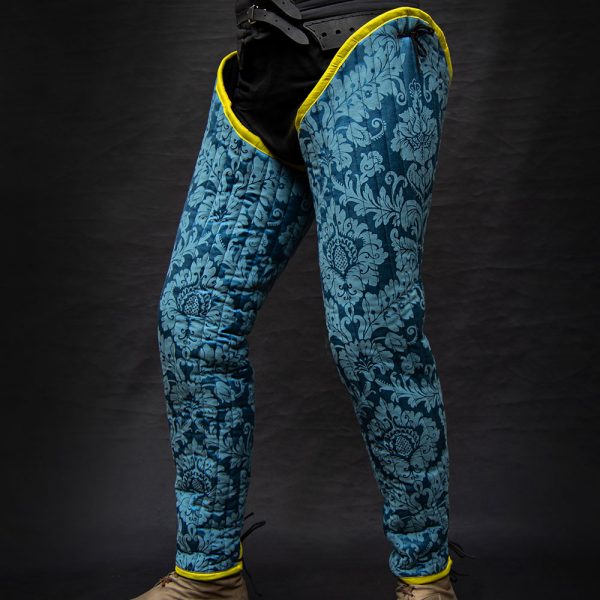

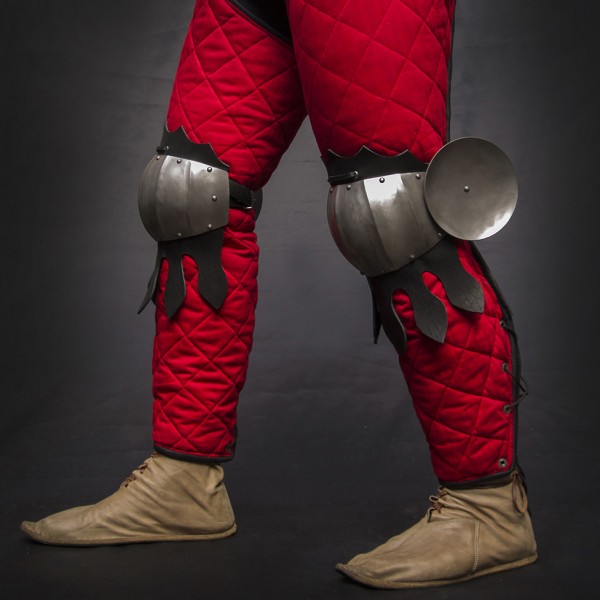

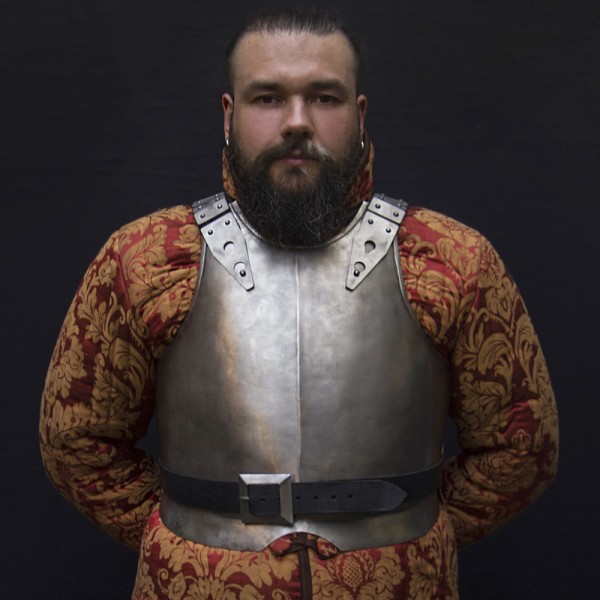

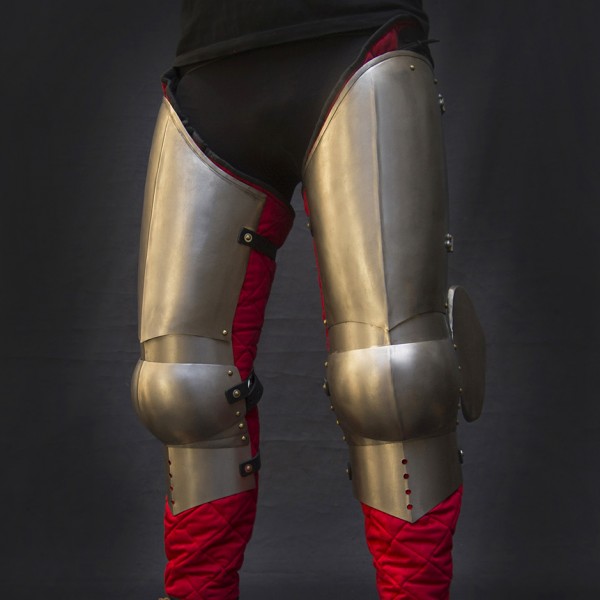
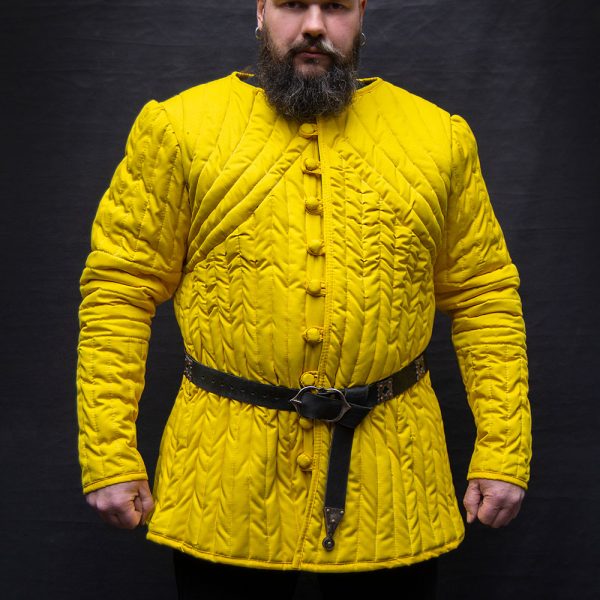

 Shop
Shop